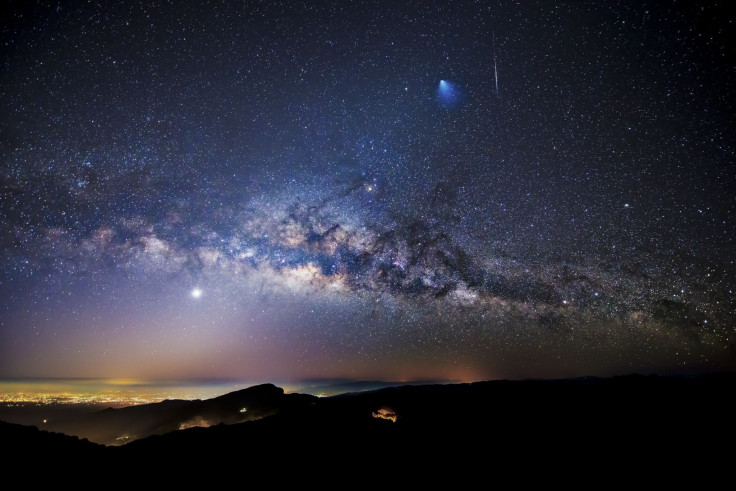Quadrantids 2023: When To Watch For The Meteor Shower's Peak This Week
KEY POINTS
- The Quadrantids are said to be among the "strongest displays of the year," as per AMS
- There will only be a short period to watch for it during the peak
- It's best to have at least an hour of skywatching for the Quadrantids
Get ready for another year of skywatching, starting with the peak of the Quadrantid meteor shower this week.
The Quadrantid meteor shower has been active since about Dec. 26, but it is expected to peak this week, from the evening of Jan. 3 to the wee hours of Jan. 4. This shower originates from object 2003 EH1, which could possibly be an asteroid or a new kind of object called a "rock comet," according to NASA.
Either way, it makes for an excellent beginning of the year of skywatching, as it has been described by the American Meteor Society (AMS) as one of the "strongest displays of the year."
However, it's not quite as easy to spot the Quadrantids even during its peak. This is because of the typical weather during this time of the year as well as the short duration of the peak which lasts for just about six hours. This year, the brightness of the moon may pose yet another hurdle because it will be about 92% full on the evening of the peak.
But that doesn't mean all is lost, as skywatchers need only to know when to watch the show. With the moon close to being full at the time peak, there will only be a short window to watch for the Quadrantids with dark skies, according to the AMS. The best time to view it would be in the period after moonset and before dawn on the evening of the peak, EarthSky noted.
"Predictions for the peak of the 2023 Quadrantids range from 3:40 to 6:40 Universal Time on January 4th," the AMS said. "The earlier time favors European observers while the later peak favors the eastern portion of North America."
People can input their location on TimeandDate to see exactly if and when the Quadrantids will be visible in their area.
It's best to keep an eye out for the Quadrantids "for at least an hour," the AMS noted. Apart from giving one's eyes ample time to adjust, meteor showers also tend to come in peaks and lulls, so watching for a bit longer may give skywatchers better chances to see a good show.
Although Quadrantids aren't known for having persistent trains, they are known for bright fireballs, so they could also be in for quite a treat.
"Watching for at least an hour guarantees you will get to see the best this display has to offer," the AMS said.
While there are quite a bit of hurdles for this year's Quadrantids, those seeking to witness it may still want to take the time to watch it. This is because it will be followed by the yearly meteor shower drought that starts in January and ends months later with April's Lyrid meteor shower, so it could be a while before they get a chance to see such a view again.
And while they are watching for it, they can enjoy the other beautiful things to look at in the evening sky. For instance, they can enjoy the sight of the near-full Moon. Newly discovered Comet C/2022 E3 (ZTF) will also be visible for viewers in the Northern Hemisphere all throughout January, according to NASA. It can be observed with the help of binoculars or a small telescope.

© Copyright IBTimes 2024. All rights reserved.






















